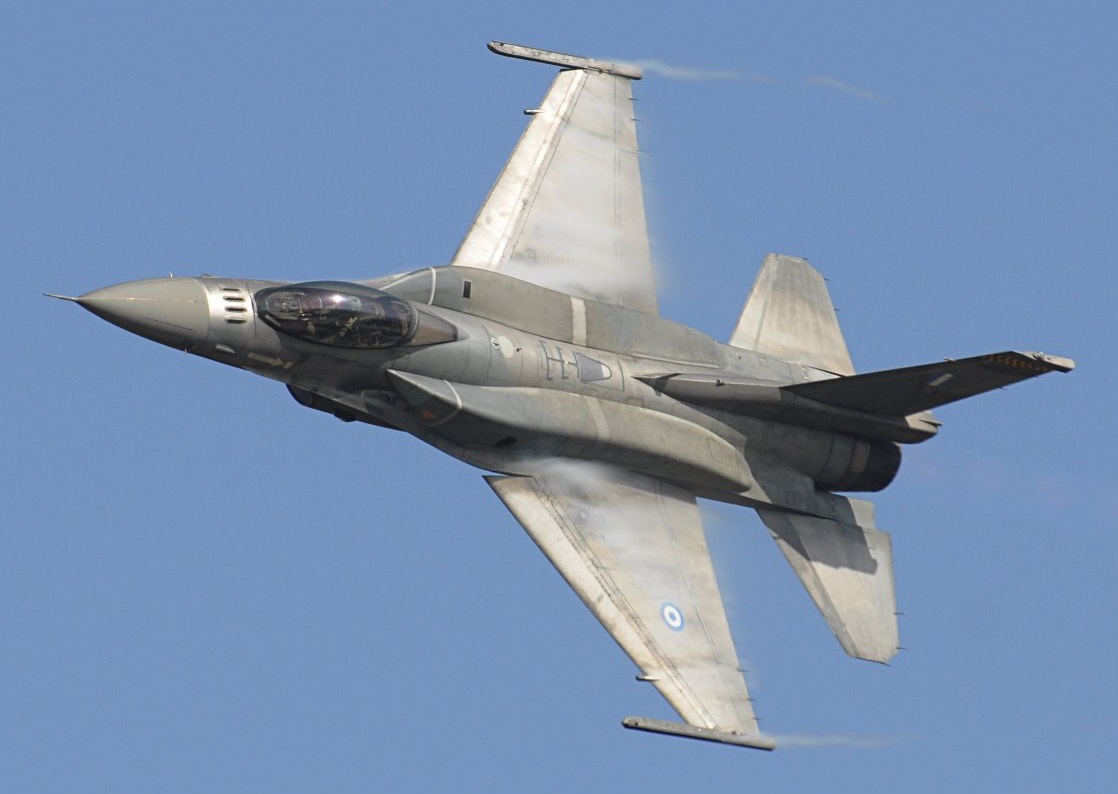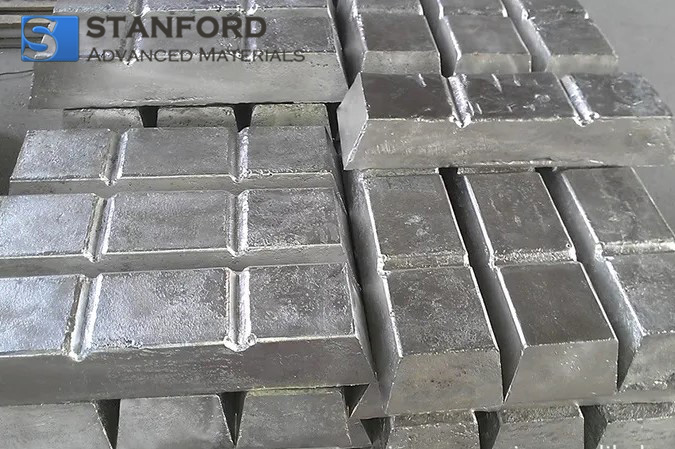The Application Of Beryllium In Missiles
Introduction
Beryllium, symbolised as Be and with atomic number 4, has been rigorously tested. It is used in applications where replacement is not feasible. Stanford Advanced Materials supplies the Beryllium used in advanced rocket systems.

The Measured Properties of Beryllium
The quantifiable properties of Beryllium establish its application. Its thermal conductivity exceeds that of standard steel and copper. Its thermal expansion coefficient is less than one-half that of magnesium. Tests indicate its elastic modulus is three times that of titanium and its specific strength is 1.7 times that of aluminium. Beryllium recovers its original shape after deformation and withstands oxidation and corrosion, thereby ensuring dimensional stability.

Application in Rocket Engineering
-
Gyroscopic Precision: Beryllium is employed to maintain the accuracy of rocket guidance systems. It distributes heat uniformly in rotating components, thereby reducing internal stress.
-
Weight Efficiency: The use of Beryllium in gyroscopic structures significantly reduces overall system mass. This reduction enhances manoeuvrability and performance.
-
Dimensional Accuracy: Beryllium supports strict tolerances in long-range rocket components. A deviation of 1 µm in the centre of gravity is thereby avoided.
-
Environmental Performance: Beryllium resists oxidation and corrosion under harsh conditions. Standard tests expose it to high humidity for 1 000 hours without degradation.
-
Navigation Systems: Beryllium is incorporated into inertial navigation systems of flight vehicles. Its consistent mechanical properties meet required tolerance limits.
Future Implications and Developments
Ongoing research focuses on the optimisation of Beryllium-based components in rocket technology. Recent studies indicate a 15% efficiency gain in specific tests conducted on 01/05/2023, thereby supporting measured improvements in system performance.
Conclusion
The quantifiable properties of Beryllium contribute to the advancement of rocket system performance. Its thermal conductivity, mechanical characteristics and dimensional stability meet strict engineering tolerances. Stanford Advanced Materials is committed to supplying high-grade Beryllium to support research and development in rocket technology.

 Bars
Bars
 Beads & Spheres
Beads & Spheres
 Bolts & Nuts
Bolts & Nuts
 Crucibles
Crucibles
 Discs
Discs
 Fibers & Fabrics
Fibers & Fabrics
 Films
Films
 Flake
Flake
 Foams
Foams
 Foil
Foil
 Granules
Granules
 Honeycombs
Honeycombs
 Ink
Ink
 Laminate
Laminate
 Lumps
Lumps
 Meshes
Meshes
 Metallised Film
Metallised Film
 Plate
Plate
 Powders
Powders
 Rod
Rod
 Sheets
Sheets
 Single Crystals
Single Crystals
 Sputtering Target
Sputtering Target
 Tubes
Tubes
 Washer
Washer
 Wires
Wires
 Converters & Calculators
Converters & Calculators
 Write for Us
Write for Us

 Chin Trento
Chin Trento



